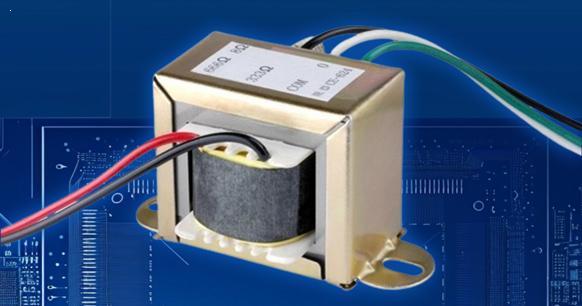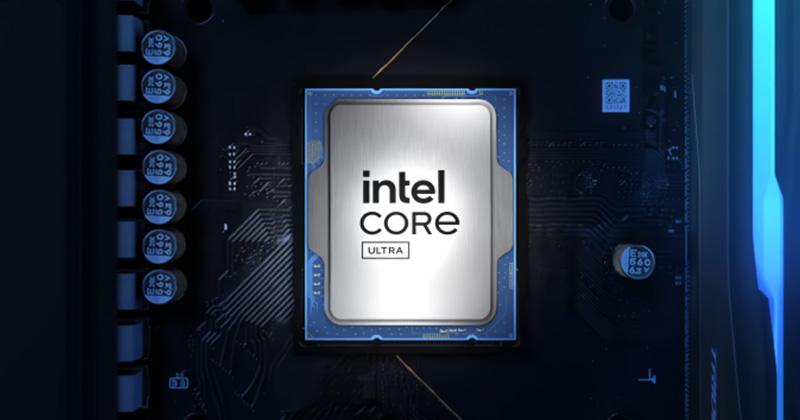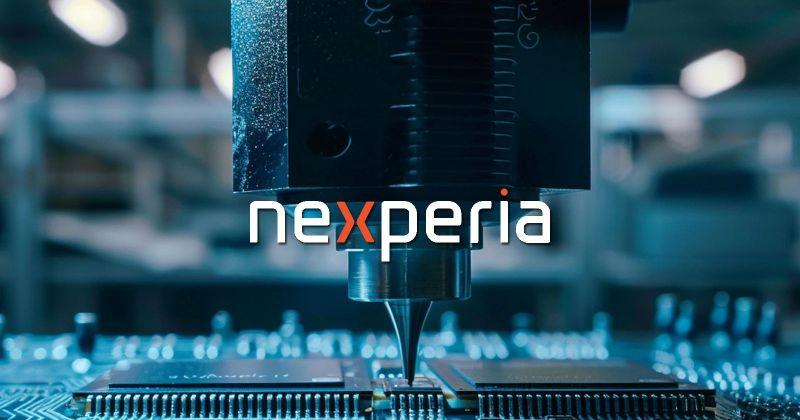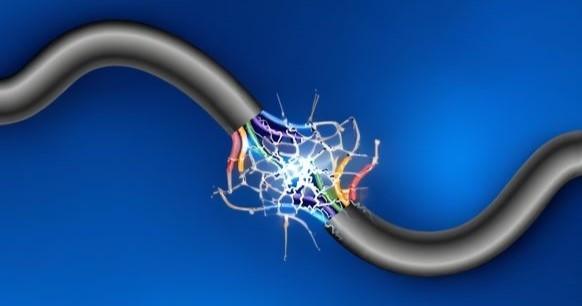
AC vs DC Power in 2024: Understanding the Key Differences and Applications
In today's electrified world, two powerful forces – Alternating Current (AC) and Direct Current (DC) – dominate, each excelling in different aspects of our daily lives. From powering our homes to fueling our vehicles and driving our digital devices, AC and DC currents are fundamental to modern technology. But which one truly reigns supreme? Join us as we explore the strengths, weaknesses, and applications of these two types of electrical currents, and discover why they are both essential in their own right.
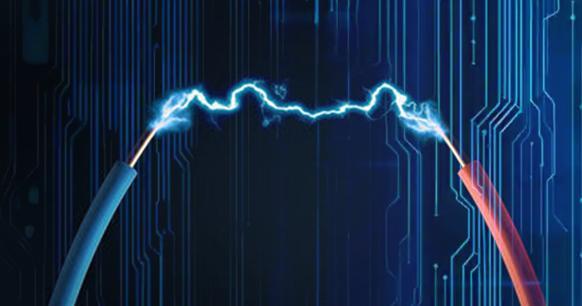
Understanding AC Power
What is AC Power?
Alternating Current (AC) is a type of electrical current where the flow of electricity changes direction periodically. This is the form of power commonly delivered to homes and businesses.
Advantages of AC Power:
- Easily Adjustable Voltage: AC voltage can be easily increased or decreased using transformers, which makes it ideal for transmitting power over long distances with minimal losses.
- Durability: Electrical appliances tend to last longer when powered by AC.
- Efficiency: AC power systems can share loads among different phases, leading to greater overall efficiency.
Disadvantages of AC Power:
- Higher Risk: AC poses a higher risk of shock due to its higher peak voltage.
- Potential for Distortion: AC waveforms can be distorted by inductive and capacitive loads.
- Complex Installation: Setting up AC systems requires more precautions due to the potential dangers.
Applications of AC Power:
- Power Distribution: AC is preferred for power distribution due to its efficiency in long-distance transmission.
- Home and Office: Most household and office appliances, such as refrigerators, air conditioners, and computers, run on AC power due to its reliability and efficiency.
- Industrial Uses: AC power is essential in industrial settings, providing the controlled energy needed for manufacturing processes.
- Transportation: AC has become the main power source for electric trains, cars, buses, and airplanes, thanks to its efficiency and reduced maintenance requirements.
Understanding DC Power
What is DC Power?
Direct Current (DC) is a type of electrical current that flows consistently in one direction. This steady flow makes it ideal for applications where a constant voltage is required, such as in batteries, solar cells, and fuel cells.
Advantages of DC Power:
- Uniform Flow: DC current flows evenly through the wire, reducing power loss due to the 'skin effect' seen in AC.
- No Phase Factor: Unlike AC, DC does not involve a phase factor, allowing for simpler storage.
- High Efficiency: DC systems typically incur fewer losses, transmitting power more efficiently.
Disadvantages of DC Power:
- Higher Costs: DC systems are generally more expensive due to the need for greater insulation.
- Difficult Voltage Adjustment: Changing the voltage level in a DC system is more complex and can lead to energy losses.
- Limited Transmission Range: DC is less economical for long-distance transmission due to voltage drops.
Applications of DC Power
- Transportation: DC power is essential for charging the batteries of electric vehicles, including cars, buses, and trucks. DC fast-charging stations deliver high power output, allowing for rapid battery replenishment in just minutes. This capability extends the range of electric vehicles and alleviates concerns about running out of power during longer trips.
- Telecommunication Systems: In the telecom and computing industries, DC power is increasingly favored due to its energy efficiency. DC power is used to run mobile phone towers, data centers, and servers, making it a key component in modern communication infrastructure.
- Renewable Energy Systems: DC power is generated by renewable energy sources such as solar panels and wind turbines. To integrate this power into the grid or use it in buildings, DC-to-AC inverters are employed. Additionally, DC power is stored in batteries within energy storage systems, ensuring that excess energy can be used when needed.
- Electronics: DC power is vital for operating a wide range of electronic devices, including smartphones, laptops, earbuds, and home appliances like TVs, cameras, and gaming consoles. As the demand for mobile devices and fast charging increases, DC power technology continues to advance, offering higher power output and improved efficiency.
Differences Between AC and DC Power
In practical terms, the key difference between AC (Alternating Current) and DC (Direct Current) power lies in how they behave. AC power alternates its direction periodically, creating a sinusoidal waveform, while DC power flows consistently in a single direction. This fundamental distinction influences their applications and how they are transmitted.
AC power is predominantly used for power transmission and in household appliances. It can be easily converted to various voltage levels using transformers, making it ideal for long-distance transmission with minimal power loss. Conversely, DC power is primarily used in batteries, electronic devices, and solar panels, where a steady, unidirectional current is crucial for reliable performance.
Why We Need Both AC and DC Power
The necessity for both AC and DC power arises from their unique characteristics and suitable applications. AC power is more efficient for long-distance transmission and can be easily adjusted to different voltage levels, making it well-suited for powering homes and industries. It's also more convenient to convert AC to DC, which is why many electronic devices use AC power as input and then convert it to DC for internal use.
On the other hand, DC power is indispensable for applications requiring a stable and continuous current, such as electronic devices, electric vehicles, and battery-powered systems. DC power is also crucial in renewable energy systems, where it is generated by sources like solar panels. Therefore, both AC and DC power play essential roles in meeting the diverse energy needs of modern society.
Conclusion
AC and DC power each have distinct advantages and limitations, but together, they form the backbone of our electrical systems. From lighting up homes with AC power to powering smartphones and electric vehicles with DC, these two types of power work in harmony to drive innovation and support our daily lives. Rather than choosing one over the other, it's important to recognize how their combined use propels the advancements that define our electrified world. As technology continues to evolve, the synergy between AC and DC power will remain a driving force in shaping a bright and energy-efficient future.


